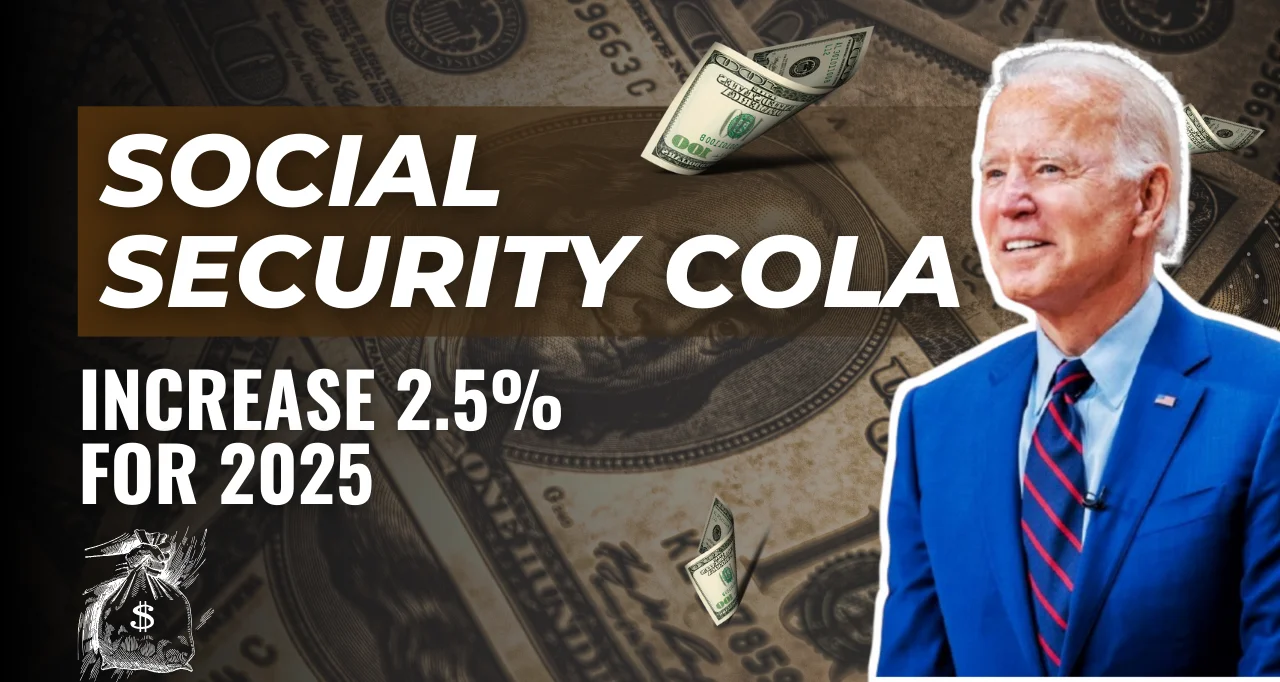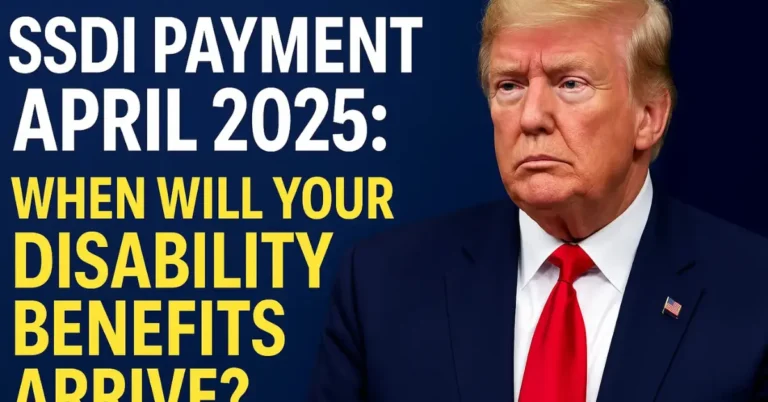2025 Social Security COLA Increase: What Beneficiaries Need to Know
Millions of Americans relying on Social Security benefits are set to receive a 2.5% Cost-of-Living Adjustment (COLA) in 2025. Announced on October 10, 2024, by the Social Security Administration (SSA), this adjustment helps ensure that payments keep pace with inflation. While this year’s increase is smaller than the 3.2% bump in 2024, it provides necessary relief for beneficiaries facing rising living costs.
What is the 2025 Social Security COLA?
The COLA is an annual adjustment to Social Security payments, designed to protect beneficiaries from inflation. For 2025, the COLA is set at 2.5%, reflecting a slight decline in inflation rates compared to previous years. While this is a modest increase, it ensures that recipients maintain their purchasing power for essentials like food, housing, and healthcare.
Key details:
- COLA Increase: 2.5%
- Effective Date: January 2025 (for Social Security payments)
- Supplemental Security Income (SSI) Recipients: Increase starts December 31, 2024
How is the COLA Calculated?
The SSA uses the Consumer Price Index for Urban Wage Earners and Clerical Workers (CPI-W) to determine the COLA. The CPI-W tracks price changes in consumer goods and services such as groceries, fuel, and medical care. The data collected during the third quarter of the year is used to adjust Social Security payments accordingly. For 2025, a moderate rise in inflation led to the 2.5% increase.
Who Will Receive the 2025 COLA Increase?
All Social Security and Supplemental Security Income (SSI) beneficiaries are eligible for the COLA increase. This includes retirees, disabled workers, survivors, and those receiving SSI. Nearly 70 million Americans depend on these benefits, with many relying on them as their primary source of income.
When Will the 2025 COLA Payments Start?
The new COLA-adjusted payments will begin in January 2025 for Social Security recipients. SSI beneficiaries will see their increased payments starting on December 31, 2024. The exact payment dates depend on the beneficiary’s birthdate, with payments scheduled throughout the month.
What Are the Average Social Security Benefits for 2025?
The 2.5% COLA will raise the average monthly benefit for Social Security recipients. Here’s a breakdown of the expected changes:
| Beneficiary Type | 2024 Average Monthly Payment | 2025 Estimated Monthly Payment |
|---|---|---|
| Retired Workers | $1,918 | $1,966 |
| Disabled Workers | $1,781 | $1,825 |
| Spouses and Dependents | Varies | Varies |
How Do Work Credits Affect Social Security?
To qualify for Social Security retirement benefits, individuals must earn at least 40 work credits over their lifetime. In 2024, a worker needs to earn $6,920 to receive four credits. Those with higher lifetime earnings generally receive larger Social Security benefits.
How Will Medicare and Taxes Impact Social Security Payments?
For those receiving both Social Security and Medicare, any increase in Medicare premiums for 2025 may affect the overall increase in their Social Security payments. Additionally, the taxable maximum for Social Security contributions will rise in 2025 from $168,600 to $176,100, meaning high-income earners will contribute more to Social Security.
How Can Beneficiaries Prepare for the 2025 COLA?
To make the most of the COLA increase, beneficiaries should:
- Set Up Direct Deposit: Ensure your payments arrive safely and promptly by opting for direct deposit.
- Review Benefits Information: Double-check your benefit details via the SSA’s online portal to ensure everything is accurate.
- Adjust Your Budget: Plan for the new payment amount by updating your budget accordingly.
- Explore Additional Support Programs: If eligible, look into other assistance programs, such as Medicaid or food assistance, to further supplement your income.
Conclusion
The 2025 Social Security COLA increase of 2.5% will provide necessary financial relief to millions of Americans, helping them manage rising expenses. While the increase is smaller than in previous years, it reflects a more stable economic environment and is critical for maintaining the purchasing power of Social Security and SSI recipients.
Stay updated by visiting the official SSA website, and make sure to review your benefits information to maximize your financial planning for the coming year.
FAQs
How much will Social Security benefits increase in 2025?
The COLA increase for 2025 is 2.5%, which translates to an average monthly boost of around $48.
When will the 2025 COLA payments begin?
Social Security payments reflecting the 2.5% increase will start in January 2025. SSI beneficiaries will receive their increased payments on December 31, 2024.
How is the COLA calculated?
The SSA calculates the COLA using the CPI-W, which tracks inflation for urban wage earners and clerical workers based on third-quarter data.
Who qualifies for the COLA increase?
All Social Security and SSI beneficiaries, including retirees, disabled individuals, and survivors, are eligible for the COLA.
What is the taxable maximum for Social Security in 2025?
The taxable maximum for Social Security earnings in 2025 is $176,100, up from $168,600 in 2024.







